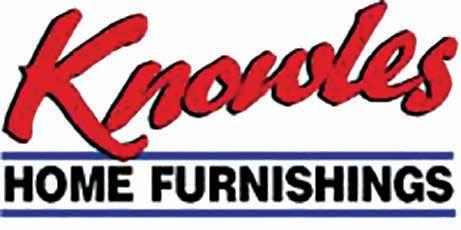
12 minute read
Moab through the eyes of three longtime citizens
Still HOME SWEET HOME
Moab through the eyes of three longtime citizens
Written by Rachel Fixsen
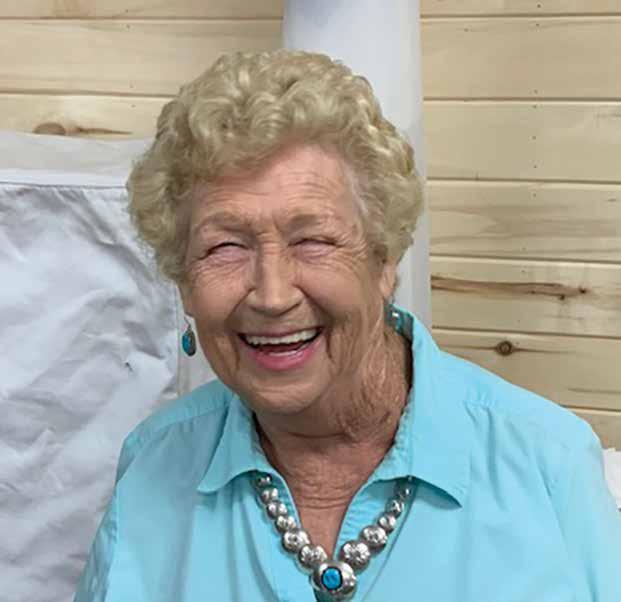
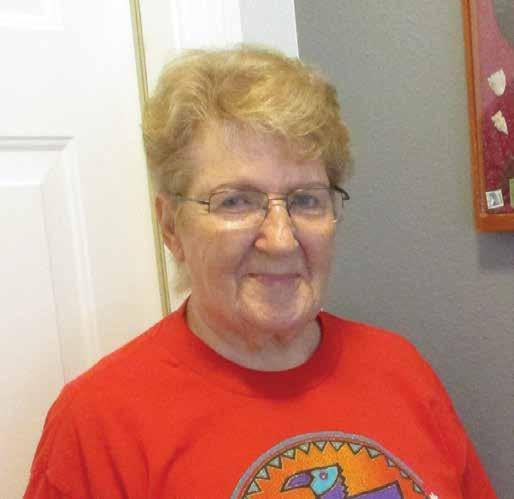
Karl Tangren Wanda Secrest Fran Townsend
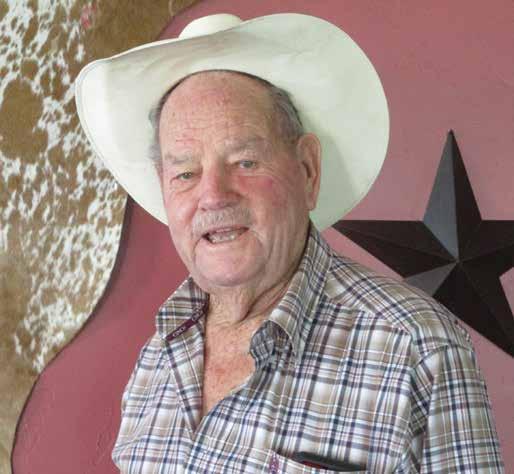
THE PACE OF CHANGE CAN BE FAST IN MOAB, A SMALL TOWN WITH WORLD-FAMOUS ATTRACTIONS, 5,400 RESIDENTS AND MILLIONS OF ANNUAL VISITORS. AMONG THE MOUNTAIN BIKES, 4WD VEHICLES AND TOUR BUSES, THERE ARE A FEW FOLKS WHO REMEMBER THE DAYS WHEN MOAB WAS A PLACE FOR RANCHING, FARMING, AND MINING. WHILE SIGNIFICANT EVENTS LIKE THE URANIUM BOOM THAT BEGAN IN THE 1950S, OR THE TOURISM GROWTH THAT BEGAN IN THE LATE 1980S, CHANGED THE CHARACTER OF MOAB, THESE LONGTIME RESIDENTS STILL KNOW IT AS HOME.
Karl Tangren has lived pretty much his whole life in Moab. He was born here, and recently celebrated his 90th birthday with a party at the Red Cliffs Lodge along the Colorado River, where about 200 guests enjoyed a prime rib meal.
“I’ve done everything but herd sheep,” Tangren says of his full and varied life. He herded cattle in the area starting when he was 13 years old; he started the north Maverick gas station; he worked in a uranium mill, worked on movie sets, opened The Branding Iron restaurant, and gave talks on tour buses.
Tangren remembers an idyllic childhood. He and his friends would dig up wild artichokes and find eggs laid by neighbors’ hens. They’d bring their loot, along with some water and old tin cans, up to the rim above Moab. They’d gather firewood and use a log-ladder to climb up into sandstone caves, hanging about 20 feet above the ground, and boil eggs and artichokes over a campfire visible from town. He remembers picking apples from the abundant fruit trees around town in the fall, and riding all over canyon country on horseback, running cattle or exploring.
“I never did make any money running cattle, but I had a good time doing it,” Tangren says. All that exploring did make him an expert on the territory though, and that expertise was valuable when the movie industry came to Moab. Tangren says he was hired as a scout for movie producers to find particular sets. They would bring a storyboard that called for snowcapped mountains, river rafters, or desert towers in the scene. Tangren would help them find the perfect place to film, scouting areas first by car and later by helicopter. He worked on films including “Blue,” “Rio Grande,” and “Against a Crooked Sky,” sometimes helping to wrangle horses, sometimes driving trucks hauling generators and equipment, and sometimes even as an extra in front of the camera.
“I maintain that movies are the best thing that ever hit Moab,” Tangren says. “They take nothing but pictures, and leave nothing but money.” He remembers how movie crews would hire people to check sets after the shoots were done to make sure not so much as a cigarette butt was left behind. “The movies were good people to work for,” Tangren says.
If movies were the best thing, the uranium boom was the most significant thing to hit Moab, Tangren says.
“Most people had never heard of Moab, Utah. When that uranium boom hit, we had people from all over the world here,” he says, remembering how the population ballooned in just one year, and hundreds of ore trucks rumbled down what was then Main Street (now 400 East) each day.
“When the uranium boom hit, everyone wanted a job in the mines or driving truck. It put a lot of us to work. Before that we were just a little community of ranchers and farmers,” Tangren says.
Tangren misses the days when Moab was quieter, there was less traffic, and businesses were all owned by locals.
“I really liked Moab before the big boom hit,” he says.
Tangren never considered living anywhere other than Moab. When he was in the 5th grade, he remembers, his family’s home burned down and his parents split up. His mother moved to Provo, and took Tangren and his siblings with her.
“I spent two years in Provo, and got in more trouble than I had been in all my life,” Tangren says. “Everything you tried to do, you’d get in trouble.” Neighbors didn’t like when Tangren tried to raise goats, dogs, chickens and pigeons in the yard in Provo. He hitchhiked back to Moab for the summer in 7th grade, and refused to return to Provo. He lived with his dad and his brother, and later with some relatives who ranched and farmed—the life Tangren loved.
“I’m just a country boy. I couldn’t fit in with the city,” Tangren says.

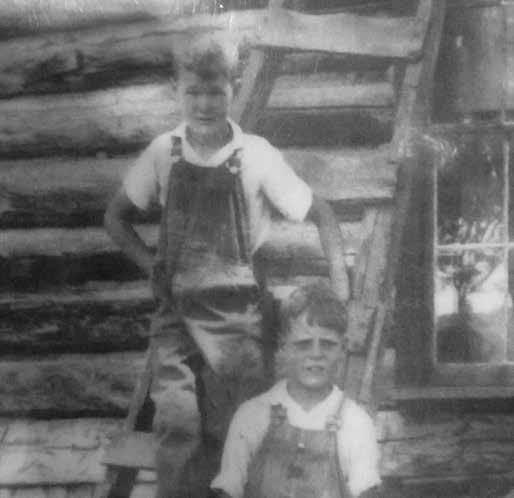

Wanda Secrest was also born in Moab. She raised seven children and held several jobs around town, her favorite of which was serving as a teaching assistant for the school district.
Secrest’s parents operated the first dairy in the Moab area. They delivered milk to local stores and homes, and reused the glass milk bottles. Secrest says they started the business when she was very young—she was big enough to slip the milking machines onto the cows, she says, but not big enough to carry the full milk buckets. Later, she would help clean the glass bottles after school, and help deliver the milk in the mornings—by car, when she was 14. She said she would sometimes wake up her friends to get ready for school. Once she got a warning for underage driving from a police officer, but she kept on making her deliveries by car, to support the dairy.
As a teenager and young woman, Secrest remembers walking from her parent’s home on the east side of town to dances held on Center Street. She would walk herself home after dark, never thinking to worry about whether it was safe—everyone in town knew each other, and it always felt comfortable.
Secrest’s first and second husbands both worked at the Potash mine along the Colorado River. Secrest and her family would do a lot of things outdoors—camping, fishing, and playing along Mill Creek. Her kids liked to ride down the creek in inner tubes when it flooded. Secrest raised the kids, and got jobs when they needed extra money: she worked for a few years at Walker Drug, and wrapped meat for a business that processed hunters’ game. She also raised donkeys, emus and ostriches for a while, and sold the giant eggs.
Secrest most enjoyed working for the school district, helping high schoolers with reading and keeping up with their classes. “I like teenagers,” she says. She still sometimes sees some of her former students around town.
Secrest, like Tangren, remembers the uranium boom as the most significant event to change Moab.
“It was a very busy little town then,” she says. “There were motorhomes in back yards everywhere, and trailers and tents.” The population expanded so rapidly that schools had to split students up into two shifts to attend school.
Secrest observes that Moab’s growth seems to come in spurts. She remembers the “bust” cycle after the uranium boom, when people were moving away. She bought many of the trailers people left behind, refurbished them, and re-sold them.
“I made some good money doing that,” she recalls.
With the rise of the tourism industry, Secrest now notices more people, more buildings, more stores. She’s glad to see the new Utah State University campus being built.
“I think it’s good to have progress,” she says, though she misses the days when everyone knew each other—Moab doesn’t feel quite as safe as it once did, with so many more people coming and going, she says.
Now retired, Secrest keeps busy with hobbies like quilting and crocheting, and meets up with friends to play cards. She’s also part of a “Merry Widows” lunch club, a group of almost 30 women who meet monthly at a local restaurant to socialize.
Secrest said she’s always thought of Moab as home. She and her husband moved for a while to New Mexico, Washington, and Wyoming, looking for better work opportunities, but nothing panned out. It turned out the proverbial grass wasn’t any greener away from Moab.
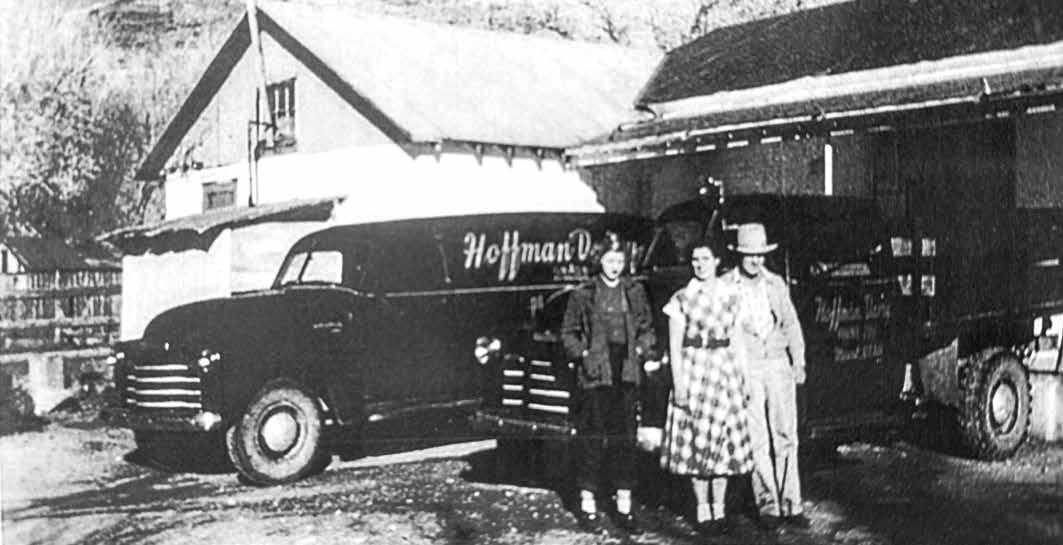
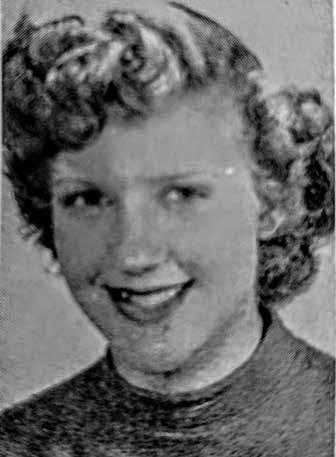
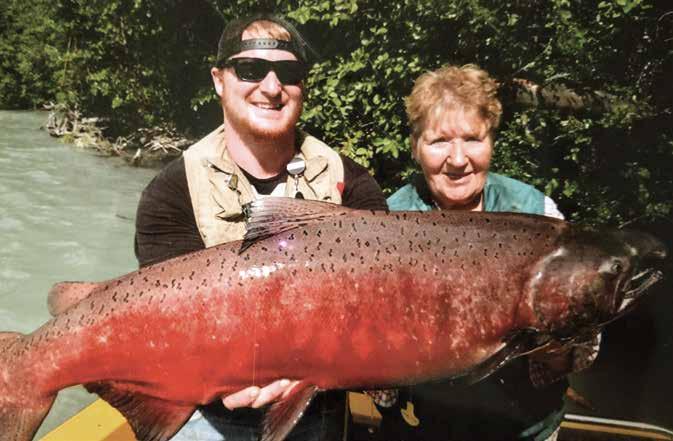
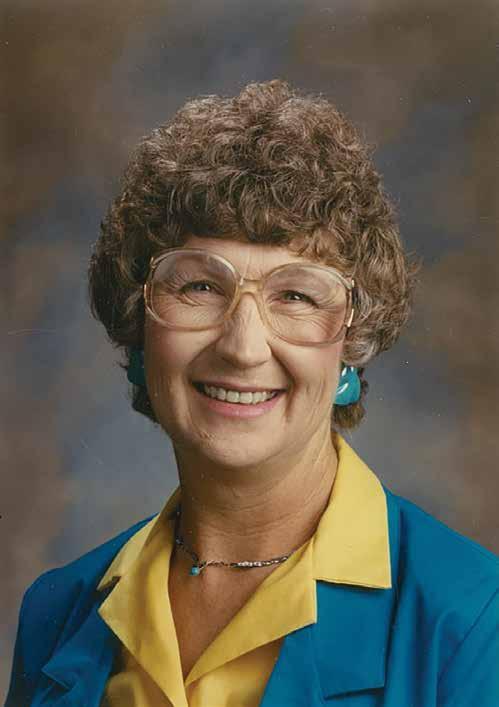
Fran Townsend was born in New Mexico, but she’s been in Moab for 56 years. She and her husband moved to the area when he got a job at the missile base that used to operate in Green River; Townsend still lives in the home they bought in 1970.
The base opened in 1963, and would test-fire missiles to a target in White Sands, New Mexico. Townsend’s husband was a government contractor and would help track and document the missile trajectories, commuting between their home in Moab and Green River each day.
The missile base closed in 1979, and Townsend’s husband went to work for the Atlas Mineral uranium mine. Townsend worked for the mine as well for a while, as a receptionist and in the accounting department. The Atlas mine closed in the 1980s, leaving many Moab residents out of work.
Townsend later worked for the high school, organizing sports, clubs and activities and handling the finances for those aspects of the school community. Her husband got a job with the school district as well, doing maintenance.
Townsend was elected as county clerk in 1986. She said running for the position was a hard decision, because she loved working with the kids at the school, but friends and acquaintances had urged her to join public service. She remained in office for four terms.
“I’m very blessed that I could be there for that long,” she says, calling her years in office “a very good time” in her life, though she adds that it was a lot of work. She attended all commission meetings, ran county elections, and handled some finances for the county. She said that back then, as now, Grand County residents were passionate about their political beliefs, which she thinks is a good thing. She hopes leaders will recognize the need for compromise among a diversity of viewpoints.
Townsend says the most significant change she’s seen in Moab is the influx of part-time residents.
“When the uranium stopped, tourism became our industry, and as of today, that’s what our industry is,” she says. People visit and see what a vibrant and beautiful place Moab is, she says, and want to be a part of it—but that popularity has meant less affordable housing for local workers, she says, and businesses are having a hard time maintaining adequate staffing.
Townsend feels that the influx of people has put a strain on local law enforcement and impacted some quality of life issues, like traffic. She says she considered at one point moving to Grand Junction, where she has a daughter, but ultimately couldn’t uproot herself from Moab’s natural beauty and mild climate, and the good friends she has here.
“I’ve been here a long time, and seen a lot of changes, and I still love Moab for what it is,” Townsend says. “I really don’t have any desire to live anywhere else. This is home to me, and I’m here to stay.” n



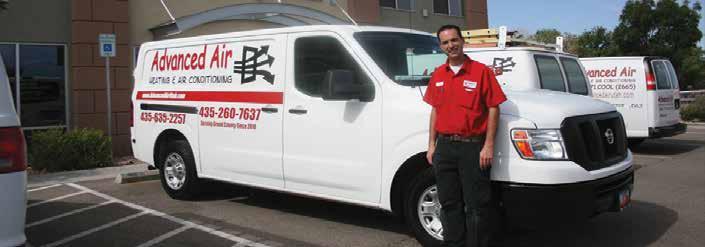
Your trusted heating and cooling pros
Zoned Comfort Solutions • New Home Construction Humidification Systems • Heating & Air Conditioning • Evaporative Cooling Gas Fireplace Installations • Mitsubishi Electric Diamond Comfort Dealer Replacement/Changeouts Factory Trained Technicians & Installers Serving Moab & Surrounding since 2010 Licensed & Insured

Find out which solution may be right for you! 435-260-7637
www.advancedairutah.com 11850 South Hwy 191 C-9, Moab
Affordable Builders
Your Factory Built Home Specialists Modular IRC Duplex, Multi-family and ADU units Manufactured single and double wides • Park Models 121 East 100 South Ste.105, Moab By appointment 303-420-2672
www.affordable-builders.com affordablebuilders.gj@gmail.com
SAVE UP TO $400

ON ANY PERFECT MATTRESS FREE BEDDING BUNDLE
(includes up to 2 pillows, sheet set and mattress protector) with any $999+ Serta® mattress*
LIMITED TIME BLACK FRIDAY SAVINGS!

Purchase any Serta® mattress priced $999 or higher between November 17, 2021 and December 6, 2021 and receive a free accessory bundle. Twin/Twin XL: 1 pillow, sheet set, mattress protector, Full/Queen/King/Cal King 2 pillows, sheet set, mattress protector. See store for details. These offers may not be applied to previous purchases, cannot be combined with other offers and are available only on qualified purchases made at participating retailers in the 50 United States and the District of Columbia while supplies last. Product availability, pricing and offer dates may vary by retail location. Void where prohibited by law. © 2021 Serta, Inc.
(435) 259-1585 • 1004 S. Main St., Moab
FREE Setup & Delivery in the Moab Area 6 Months Same as Cash on approved credit
